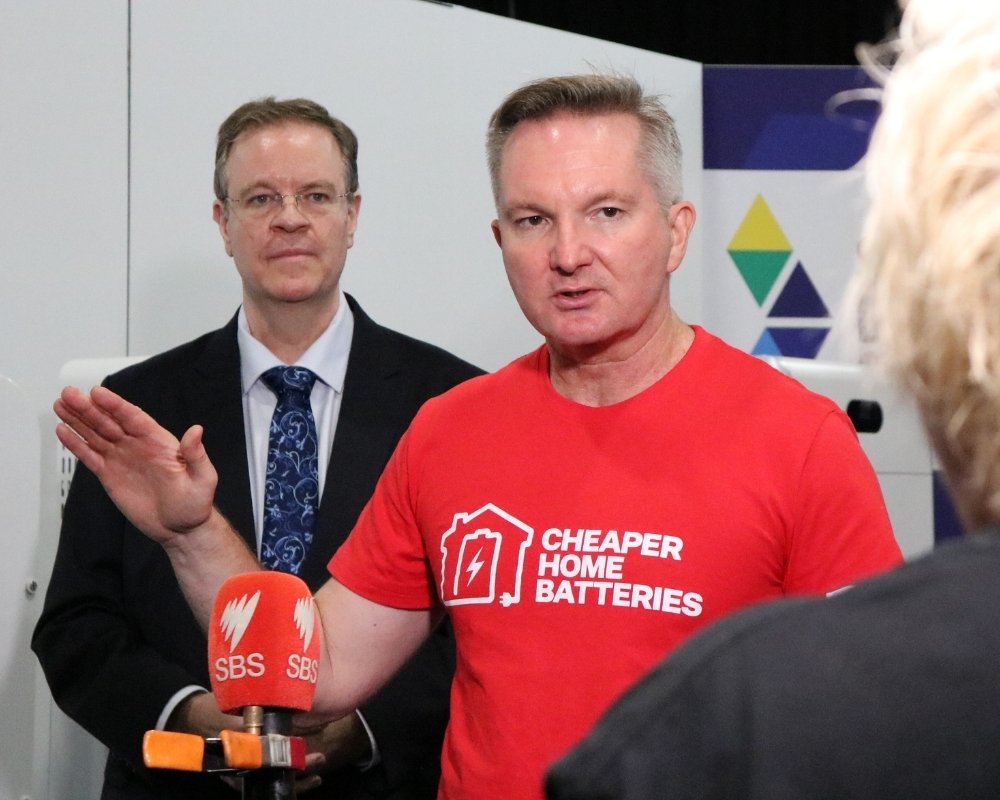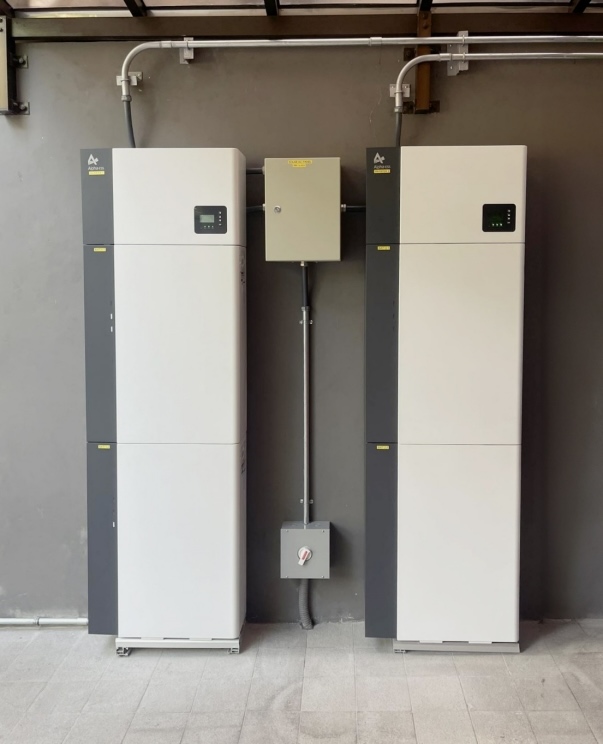Starting 1 July 2025, Australian homeowners, small businesses, and community facilities can claim a major discount on home battery installations. Known as the Cheaper Home Batteries Program, this initiative could reduce battery system costs by around 30%. If you’re thinking about installing solar batteries, now is the time to get informed and take action.

What Is the 2025 Battery Rebate?
The federal government has launched the Cheaper Home Batteries Program to support clean energy adoption. It extends the successful Small-scale Renewable Energy Scheme (SRES), which helped millions of Australians install solar panels. This new subsidy focuses on energy storage, giving households an upfront rebate when they purchase and install an eligible battery system.
Importantly, this rebate is uncapped. That means there is no limit to the number of Australians who can benefit. As long as you meet the eligibility criteria, you can claim it.
How Much Can You Save?
The rebate value will be calculated based on the usable storage capacity of your battery. In 2025, the maximum subsidy will be $372 per usable kilowatt-hour (kWh). After admin fees, the actual discount will be around $330 per kWh. This will decline yearly until the scheme ends in 2030.
For example, a 10 kWh battery you could receive a subsidy of up to $3,720 — a significant discount. With solar feed-in tariffs dropping, storing solar power for evening use is becoming more attractive.
In the table below, the estimated value per kWh is approximate and based on $40 per STC for a battery installed in 2025. This may vary over time in line with reviews of whether the discount remains appropriate.

Transition Timeline and Installation Rules
Although the official start date is 1 July 2025, installations made before this date may qualify, provided the battery isn’t connected or turned on until then. This early eligibility remains subject to final rules, so exercise caution.
Installers must issue a Certificate of Electrical Compliance on or after July 1. Until clear guidance is published, it’s wise to get quotes but hold off on final commitments unless your installer agrees to conditional terms.
Eligible Battery Systems
To qualify for the rebate, your battery system must meet several conditions:
- Approved by the Clean Energy Council (CEC).
- Installed by a technician with CEC battery installation accreditation.
- Minimum usable capacity of 5 kWh.
- Maximum rebate-covered capacity of 50 kWh (up to 100 kWh can be installed, but only 50 kWh will be subsidised).
- Must be VPP-capable (Virtual Power Plant compatible), though joining a VPP is not mandatory.
- Off-grid systems at least 1 km from a grid line or where grid connection exceeds $30,000 are eligible, even without VPP capability.
These requirements ensure safety, performance, and grid readiness.

Can You Combine This with State Rebates?
Maybe. The federal rebate is designed to work alongside existing state incentives and double-dipping is expected to be allowed, increasing the total discount available. However, each program has different eligibility criteria, so check with your state authority or installer before proceeding.
Who Can Apply?
The rebate is not means-tested, meaning income level won’t affect your eligibility. The following property types may apply:
- Owner-occupied homes
- Rental properties (owner must apply)
- Small businesses
- Community facilities
There is a limit of one rebate per property, but owners of multiple properties may claim for each, as long as solar is installed on them.
Can You Upgrade Your Existing System?
Yes, if your current battery system has not previously received a rebate, you may be eligible for the new program. You can also add new battery capacity (minimum 5 kWh) or replace an old unit. Just ensure the upgraded system stays below the 50 kWh nominal capacity cap.
You’ll need to connect the battery to a new or existing solar panel system. If you don’t have solar yet, installing panels now is a great first step.
How to Prepare for the Battery Rebate
Because interest in this rebate is high, demand for installers will surge after July 1. Acting early gives you a competitive edge. Here’s what to do:
- Stay updated via reliable sources like the Cheaper Home Batteries Program government website.
- Request multiple quotes for a battery system now.
- Talk to installers about conditional agreements that hinge on rebate eligibility.
- If you only have solar now, consider upgrading to a battery-ready system.
- Start a relationship with a trusted installer early. This helps when you’re ready to proceed.
Final Thoughts
The 2025 battery rebate is a game-changer for Australian energy consumers. With up to 30% savings, it makes solar battery storage more accessible than ever. Whether you’re a homeowner or a business owner, there has never been a better time to invest in clean, reliable energy.
Start planning now. Secure your 3 quotes early, choose a reputable installer, and prepare for installation post-July 1. This way, you won’t just save money — you’ll also future-proof your energy needs.